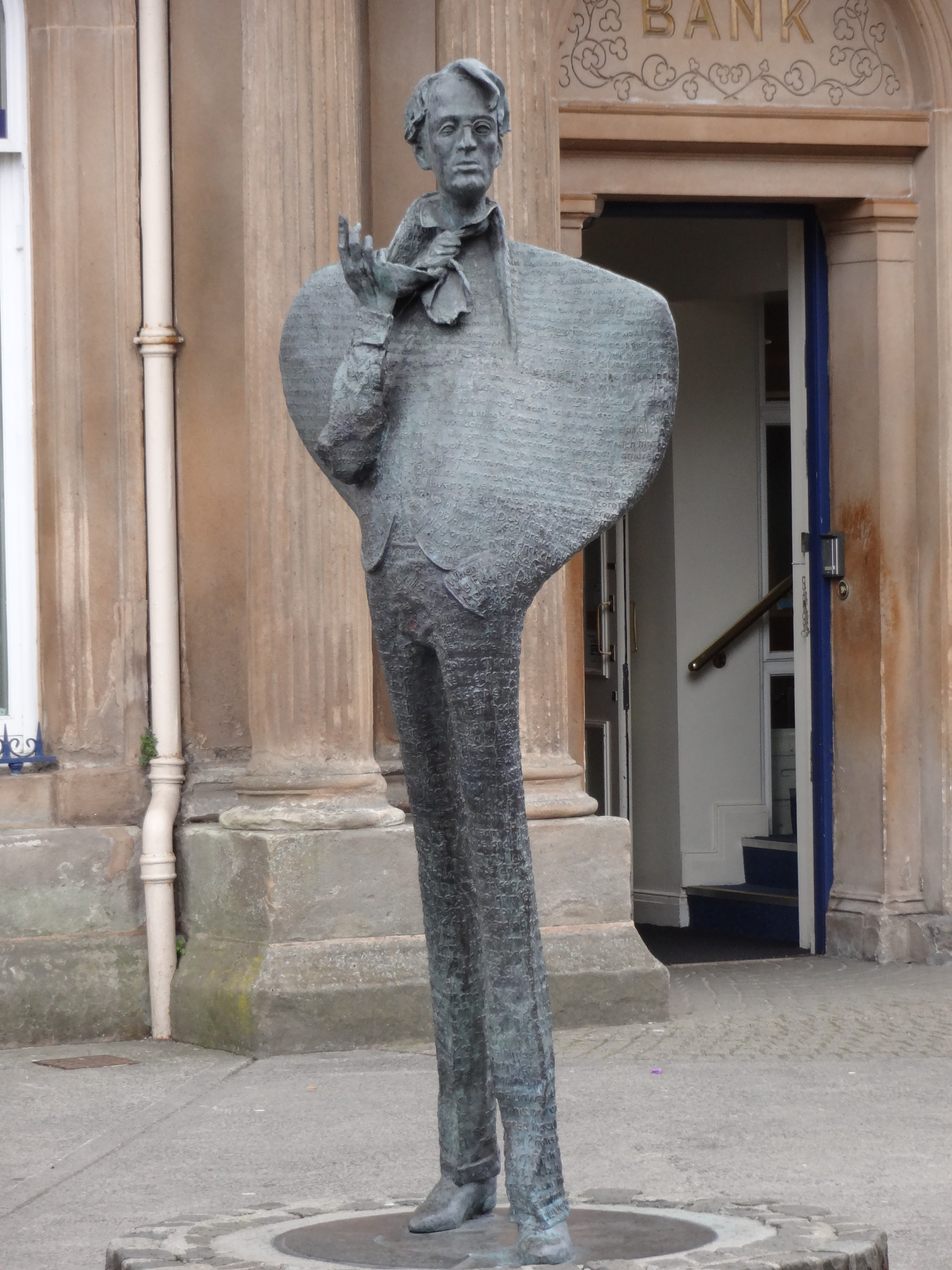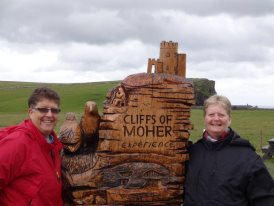 Yeats the poet and Yeats the man were the subject of the first two posts in this series, inspired by a love for Yeats’ poetry and a recent trip to Ireland by my friends Karen and Lori. As I sip my hearty Irish breakfast tea this morning, let’s take a peek at the metaphysical William Butler Yeats via his amazing book, A Vision. I first read and loved it in college.
Yeats the poet and Yeats the man were the subject of the first two posts in this series, inspired by a love for Yeats’ poetry and a recent trip to Ireland by my friends Karen and Lori. As I sip my hearty Irish breakfast tea this morning, let’s take a peek at the metaphysical William Butler Yeats via his amazing book, A Vision. I first read and loved it in college. 
Based on the automatic writing of Yeats’ wife George, A Vision sets forth an esoteric and complex system of thought. The interactive website http://www.yeatsvision.com/ summarizes it well. At its simplest, the individual soul undergoes reincarnation until it has experienced all aspects of life. People and things pass through a cycle of changes, from a state of objectivity to one of subjectivity and then back to objectivity. This is depicted by the moon’s 28 phases, or the incarnations of the moon as it goes around the wheel from dark to full and again to dark in 28 days. Yeats’ poetry also reflects his visionary thoughts. His poem The Phases of the Moon says: “Twenty-and-eight the phases of the moon, The full and the moon’s dark and all the crescents.”
The objective state is all that is en masse, unified, and involves the individual being absorbed in something greater than itself, e.g., society or God. The 1st and 4th quarters are objective. The subjective state is all that is individualized, unique, and involves the individual being identified as itself. The 2nd and 3rd quarters are subjective.
 In any incarnation, a person’s life goal is determined by the moon’s phase, its place on the wheel. Is it in the objective or subjective part of the cycle? If it is in an objective phase, then the purpose is to live according to the reality of the external world. If it is in a subjective phase, then the purpose is to wholeheartedly follow the inner dream.
In any incarnation, a person’s life goal is determined by the moon’s phase, its place on the wheel. Is it in the objective or subjective part of the cycle? If it is in an objective phase, then the purpose is to live according to the reality of the external world. If it is in a subjective phase, then the purpose is to wholeheartedly follow the inner dream.
The world throughout history has also gone through cycles, and the wheel of the Four Principles completes its cycle every 4,000 years. The current state of the world is primarily objective. However, we are undergoing a reversal and moving into a subjective state via an antithetical influx. The poem The Second Coming says:
“Somewhere in the sands of the desert a shape with lion body and the head of a man, a gaze blank and pitiless as the sun, is moving its slow thighs.”
Other aspects of A Vision are gyres, cones, vortexes, tinctures, masks, the Four Faculties, and other fascinating notions. Because the nature of existence is essentially a duality, a person always feels tension between ‘the current reality’ vs ‘the desired,’ between ‘external fate’ vs ‘internal destiny.’ Scholars describes the Four  Faculties this way: WILL (the is or natural ego), MASK (the ought or what one reverences and wishes to become), CREATIVE MIND (the knower or the intellect), BODY OF FATE (the known or the body and the environment).
Faculties this way: WILL (the is or natural ego), MASK (the ought or what one reverences and wishes to become), CREATIVE MIND (the knower or the intellect), BODY OF FATE (the known or the body and the environment).
Thank you, Karen and Lori, for sharing your Irish experiences and photographs. Cheers to two wonderful friends!
May the road rise up to meet you.
May the wind always be at your back.
May the sun shine warm upon your face,
and rains fall soft upon your fields, and heaven keep you,
until we meet again.
